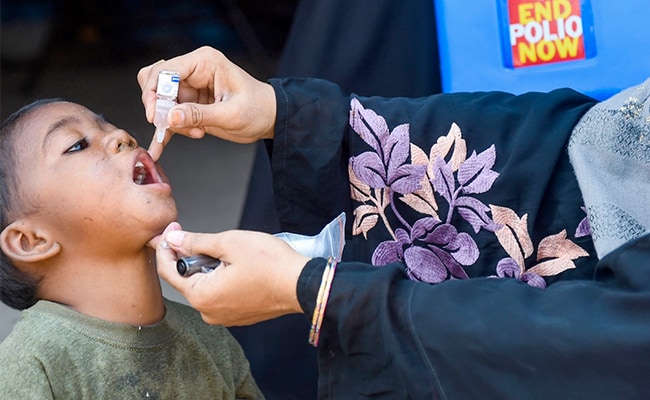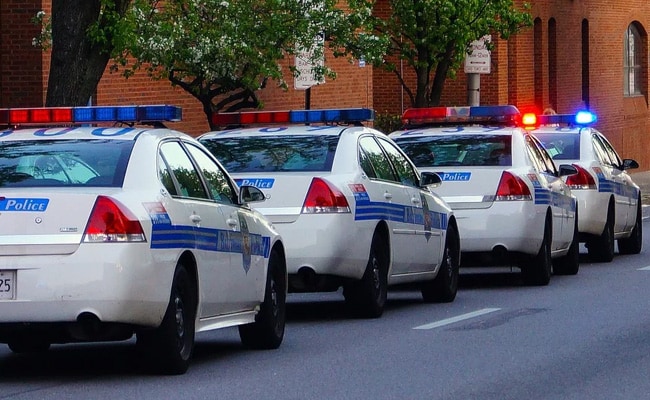Picture used for representational purpose
An earlier Data Point focussed on the importance of swing States in deciding the outcome of the 2024 U.S. presidential polls. Here, we explain why these States are battlegrounds by looking at the background variables of voters, such as demography, religion, geographical type, and college education.
Urban voters largely favour the Democrats, while rural voters largely favour the Republicans (Chart 1A). Voters who identify themselves as religiously unaffiliated tend to prefer the Democrats, while Protestants and evangelical voters prefer the Republicans (Chart 1B). Voters of the Black/African American community distinctively favour the Democrats. College-educated white voters are largely Democratic voters, while non-college educated white voters are overwhelmingly Republican (Chart 1C).
Chart 1 shows Democratic and Republican voters in the 2020 and 2022 elections (%).
Chart appears incomplete? Click to remove AMP mode
Also read: The ‘swing State’ skew in the U.S. electoral framework
When these variables are broken down State-wise, we find that States with higher urban populations (with exceptions) tend to favour the Democrats, while those with higher rural populations vote Republican (Chart 2). Swing States have middling urbanisation (measured as an index by 538.com), i.e. they have a mix of rural, suburban, and urban voters. That is why they are competitive with near-equal numbers of Democratic and Republican voters. They also fall somewhere in the middle when we look at the share of the population who are college graduates (Chart 3).
Chart 2 plots the urbanisation index against the difference in vote shares (Dems.’ minus Reps.’) for States.
Chart 3 plots the share of graduates (or higher degree) in States against the difference in vote shares.
States such as Georgia have a relatively higher number of voters who identify themselves as Christian, but Georgia has a relatively higher share of Black voters, which makes it competitive (Chart 4). States such as Pennsylvania and Michigan have a lower share of racial minority voters, but also a relatively high share of religiously unaffiliated voters, and so they are competitive (Chart 5).
Chart 4 plots the percentage of people in States affiliated with Christian denominations against the difference in vote shares.
Chart 5 plots the share of the non-white population of States against the difference in vote shares.
Source: Pew Research, FiveThirtyEight
Also read: A shift in the U.S. to autocratic trends
Published – September 12, 2024 08:25 am IST


















